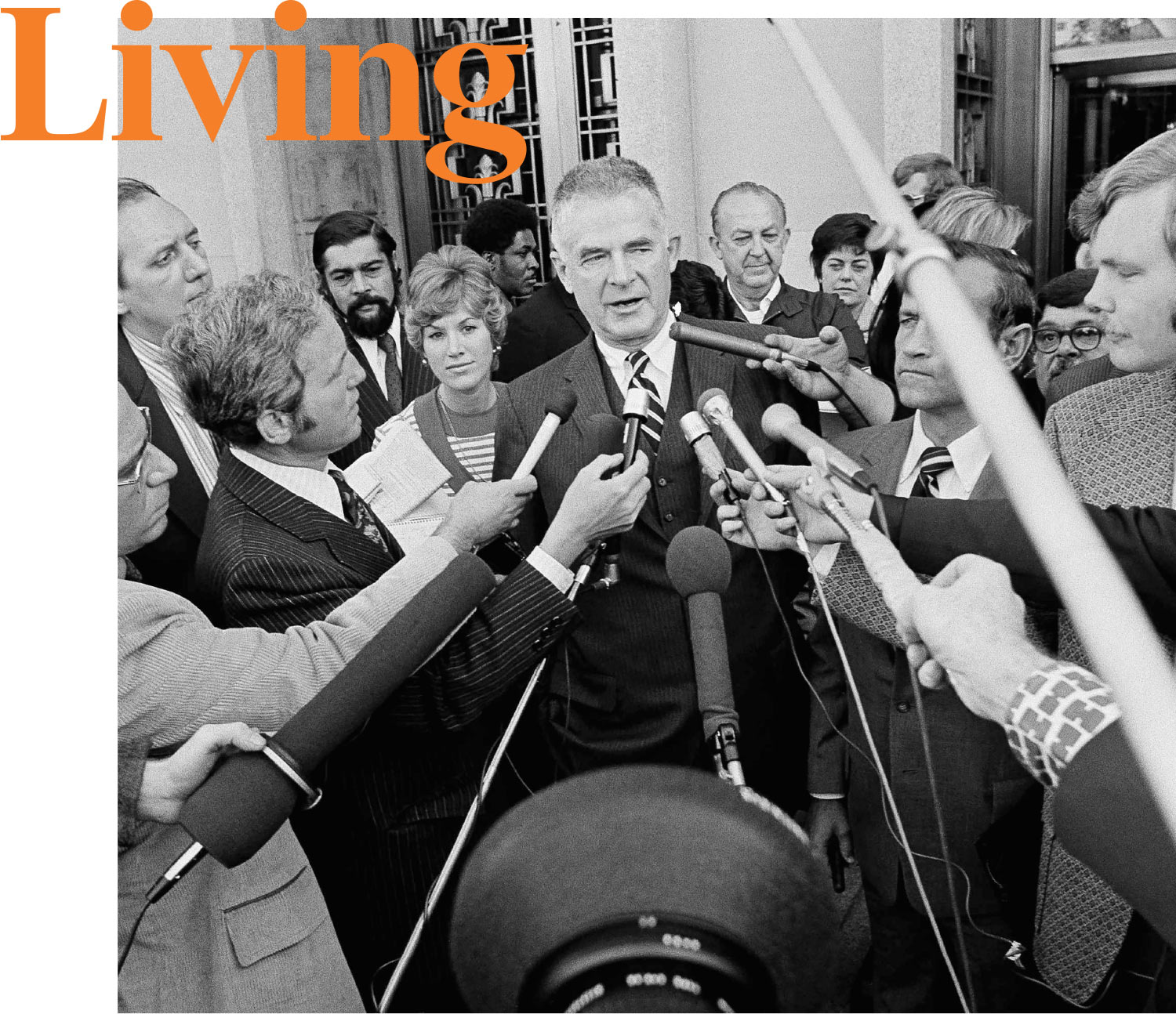
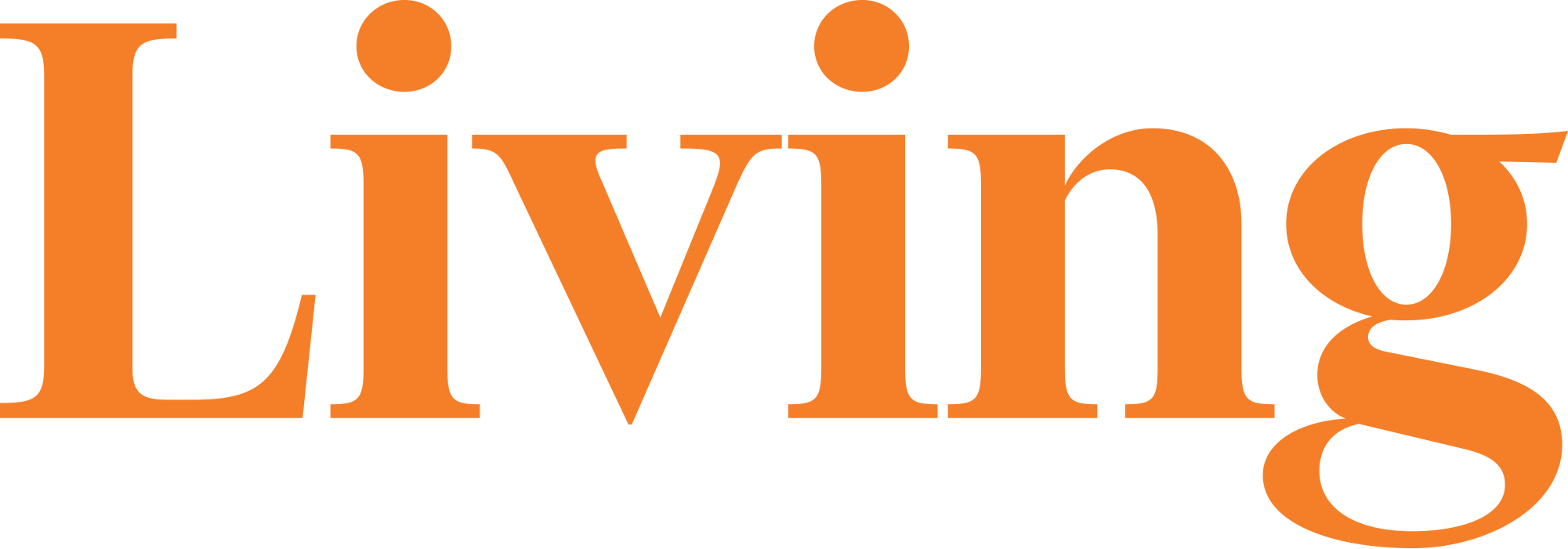

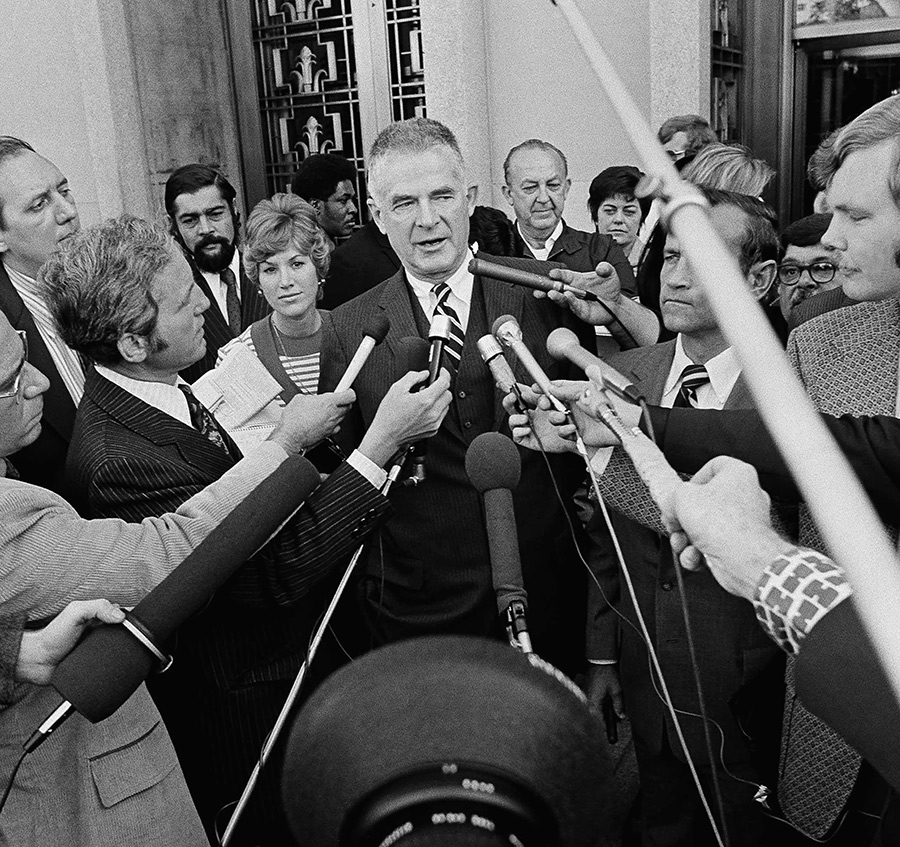

Living History
recall the
campus buzz
during
turbulent
times
Being and Nothingness
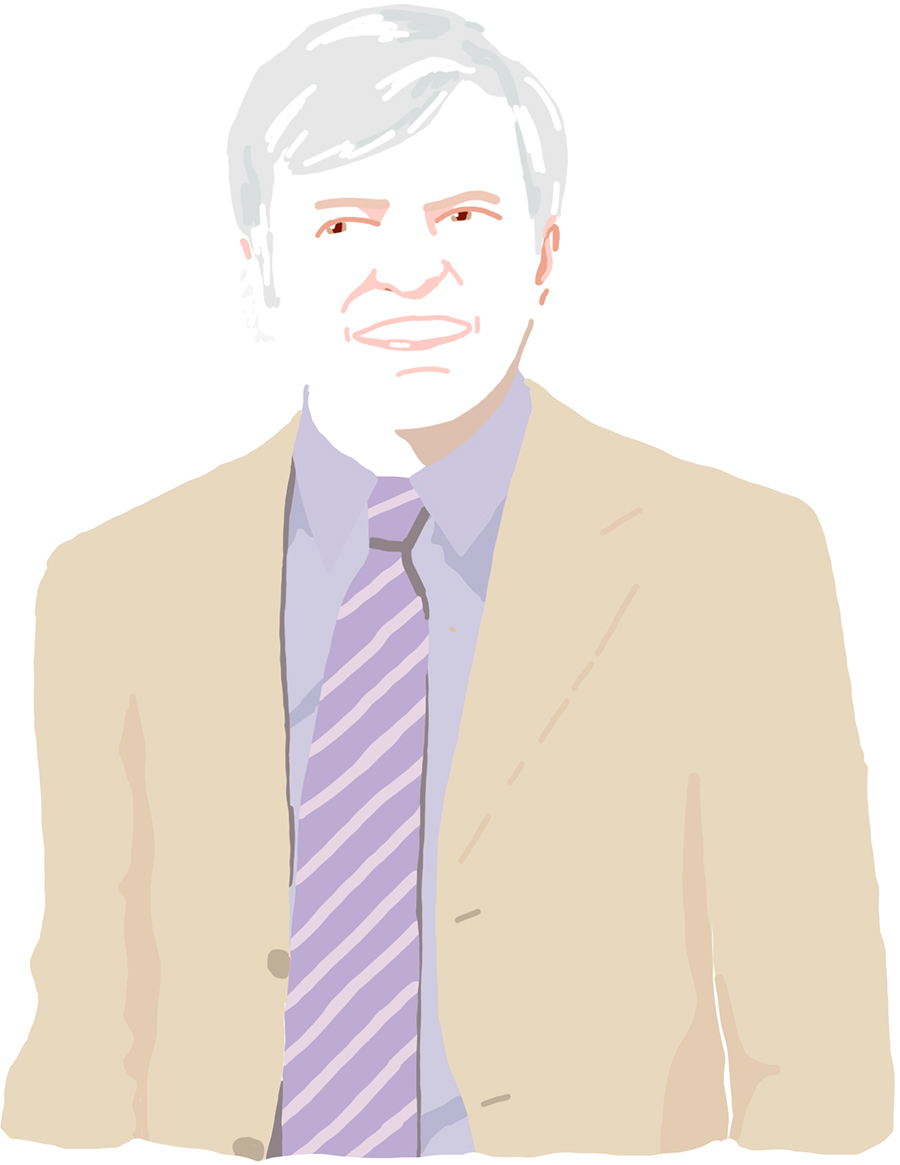
I knew about Sputnik because Professor W. Norwood Lowry had a physicist’s spasm over someone sending a rocket out of the earth’s atmosphere. “I never thought in my lifetime that something so spectacular could occur,” he said enthusiastically. All students taking sophomore physics attended weekly lectures that we dubbed “magic shows.” I didn’t see Sputnik, but my late wife, Suzanne, who was a student then at the University of Rochester, did. Optics, optical engineering and physics were part of the culture at Rochester, so she and her dormmates went to the dorm roof to watch Sputnik pass over in October 1957. Sputnik 2 followed with a Soviet space dog, Laika, aboard in November 1957; the U.S. launched Explorer two months later.
Naively, maybe, we respected government and believed the U.S. flag was a nonpartisan patriotic symbol of American unity. We were oblivious and probably liked that a lot better than today’s era of hyperpartisanship.
Doug Neckers ’60 founded the Center for Photochemical Sciences at Bowling Green State University and retired from there in 2009 as the McMaster Research Professor. He is past chair of the board of the Robert H. Jackson Center and writes at 3dScienceblog.com. Neckers lives in Perrysburg, Ohio.
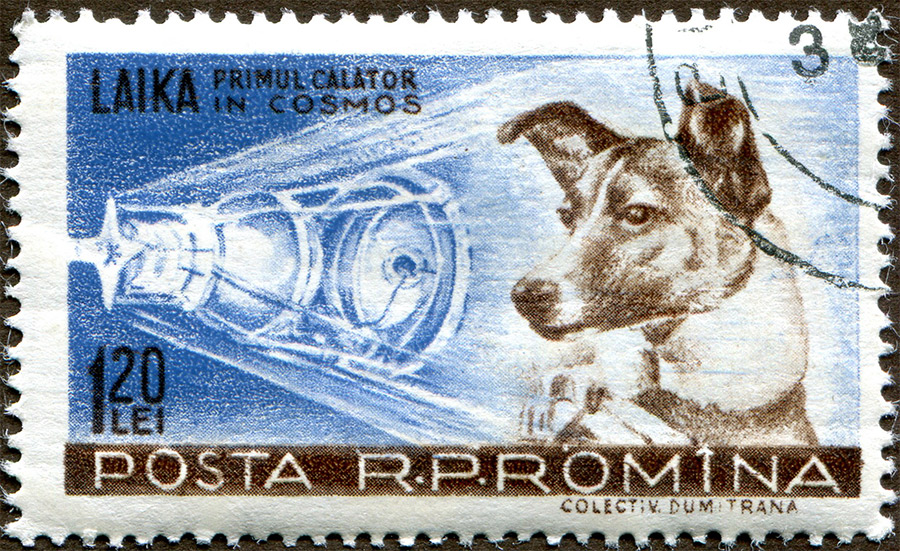
A Response to War
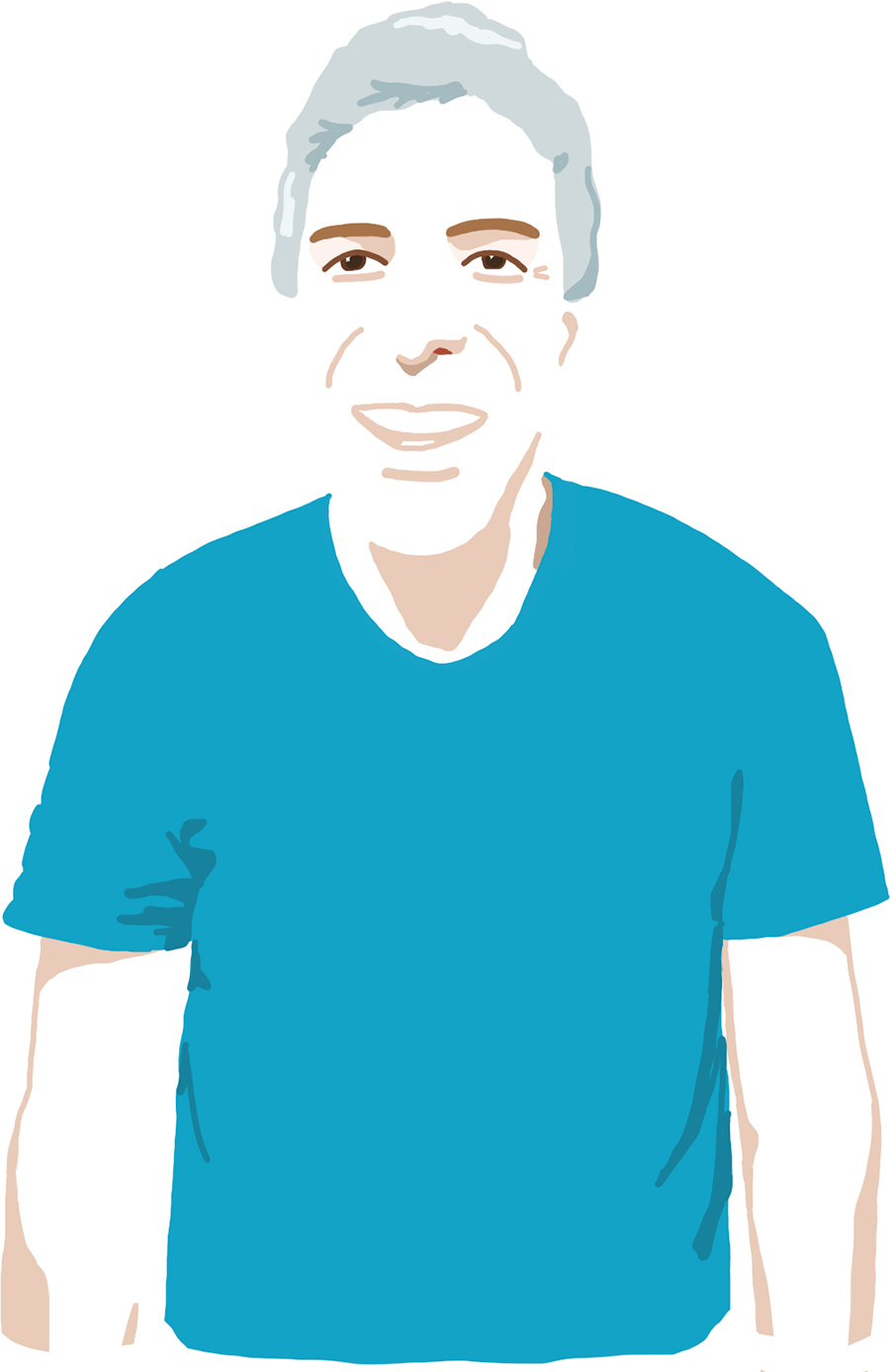
However, in May 1970, this changed. Following President Richard Nixon’s decision to expand the Vietnam War into neighboring Cambodia, colleges nationwide erupted in protest, with the most memorable being the demonstrations at Ohio’s Kent State University, which resulted in four students being shot dead by National Guard soldiers. At Bucknell, there was a mass gathering in the quad that was attended by several hundred students — a significant turnout considering the entire enrollment at the time was fewer than 3,000.
At that gathering, a consensus emerged that we would go to classes the following day but insist that regular instruction be put aside in favor of a discussion of the Vietnam War and why protest was now so essential. At that time, engineering and management students were thought to be the most conservative and politically apathetic students on campus. When I arrived at my first engineering class the following morning, it seemed clear that I was probably the only student there who had attended the previous day’s rally. But still, as the class started, I raised my hand and proceeded to give a five-minute soliloquy on how horrible the Vietnam War was and why we all had an obligation to speak out against it. This shocked Professor Roger Claus so much that he said he couldn’t continue teaching the class after such a rude interruption and abruptly dismissed us.
Michael Holoszyc ’74, a civil engineering and sociology major, earned a master’s in civil engineering from Princeton University, then was a transportation engineer in California for seven years. He then returned to New York after his father died to manage the family’s office equipment business for almost 20 years. Since 2004, he has been a manager for the New York City Parks Department and lives in Bronx, N.Y. He may be reached at holoszyc@aol.com.
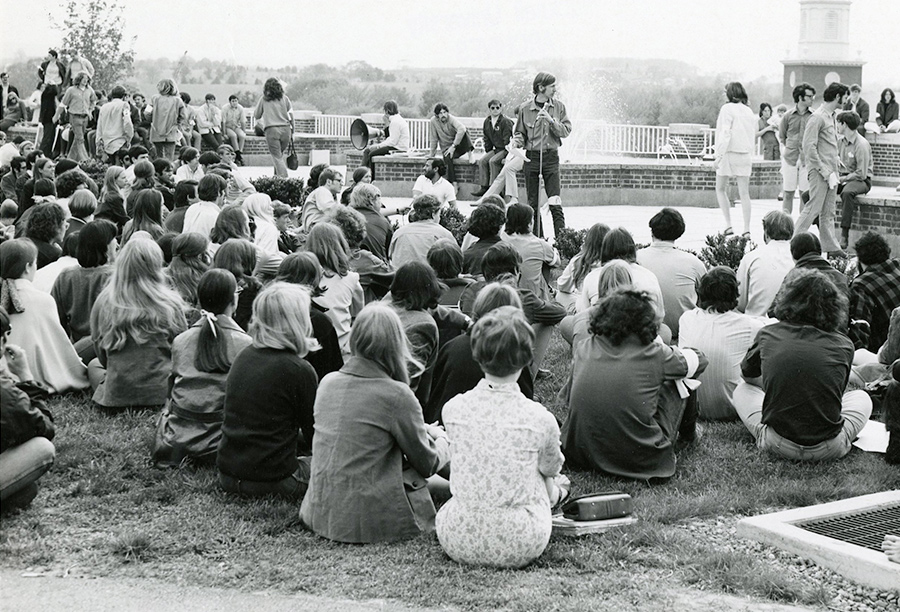
Recalling Nixon’s Collapse
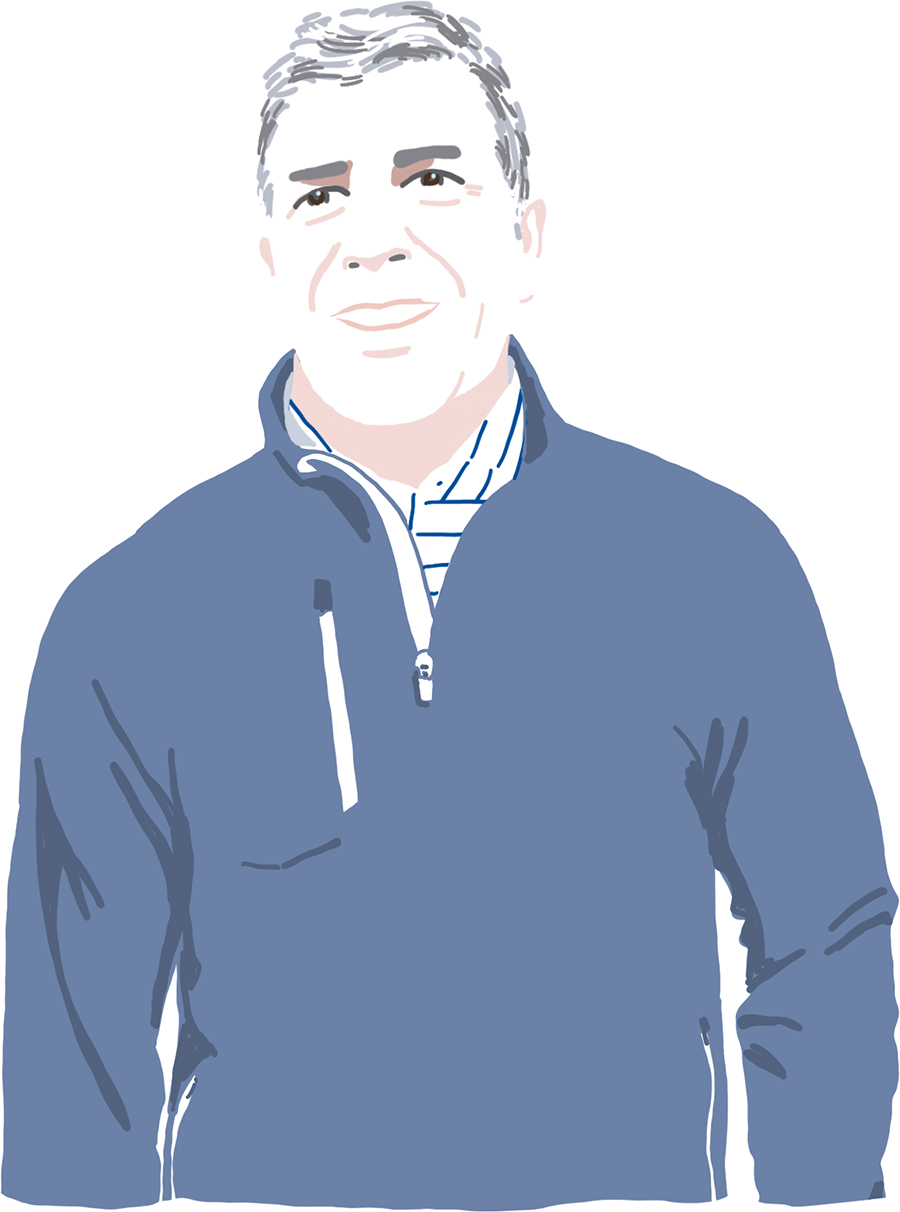
The Nixon presidency foundered on the shoals of the Watergate break-in, which happened in June 1972, just as I was graduating from high school and receiving in the mail a Bucknell course catalog.
At the time, Nixon haters — and I was one — smelled more than a few presidential rats pointing to his involvement in the break-in, but there was little direct proof until the summer and fall of 1973, when the Senate Watergate hearings dominated the evening news (which we all watched, in rapt attention, in a lounge on the second floor of the UC, or University Center [today the Elaine Langone Center]).
By October 1973, some of the rats were leaving the good ship Nixon and offering to testify to the Watergate special prosecutor, Archibald Cox, who nominally reported to the attorney general, Elliot Richardson (yes, a Nixon loyalist, but from New England, so somewhat crusty and independently minded).
On Oct. 20, 1973, a Saturday, when things were coming to a boil, Nixon instructed Richardson to fire the inquiring Cox. The attorney general refused and resigned from his office.
On campus that night, the so-called Saturday Night Massacre felt like a declaration of martial law — Nixon having slipped the bonds of republican government. Some groups of us met in the Bison, shaking our heads in disbelief, whispering in conversation.
For the only time in my life, I sent a telegram to one of the few people I knew working in the federal government in Washington. But that weekend in Lewisburg felt like the beginning of some republican end — feelings of dread I recalled when more than 40 years later, on Jan. 6, legions stormed the Capitol.
Matthew Stevenson ’76 majored in political science and is the author of many books, including Reading the Rails, Appalachia Spring and The Revolution as a Dinner Party, about China throughout its turbulent 20th century. His most recent book, about traveling in France and the Franco-Prussian wars, is titled Biking with Bismarck. He lives in Laconnex, Switzerland.
Postelection Confusion
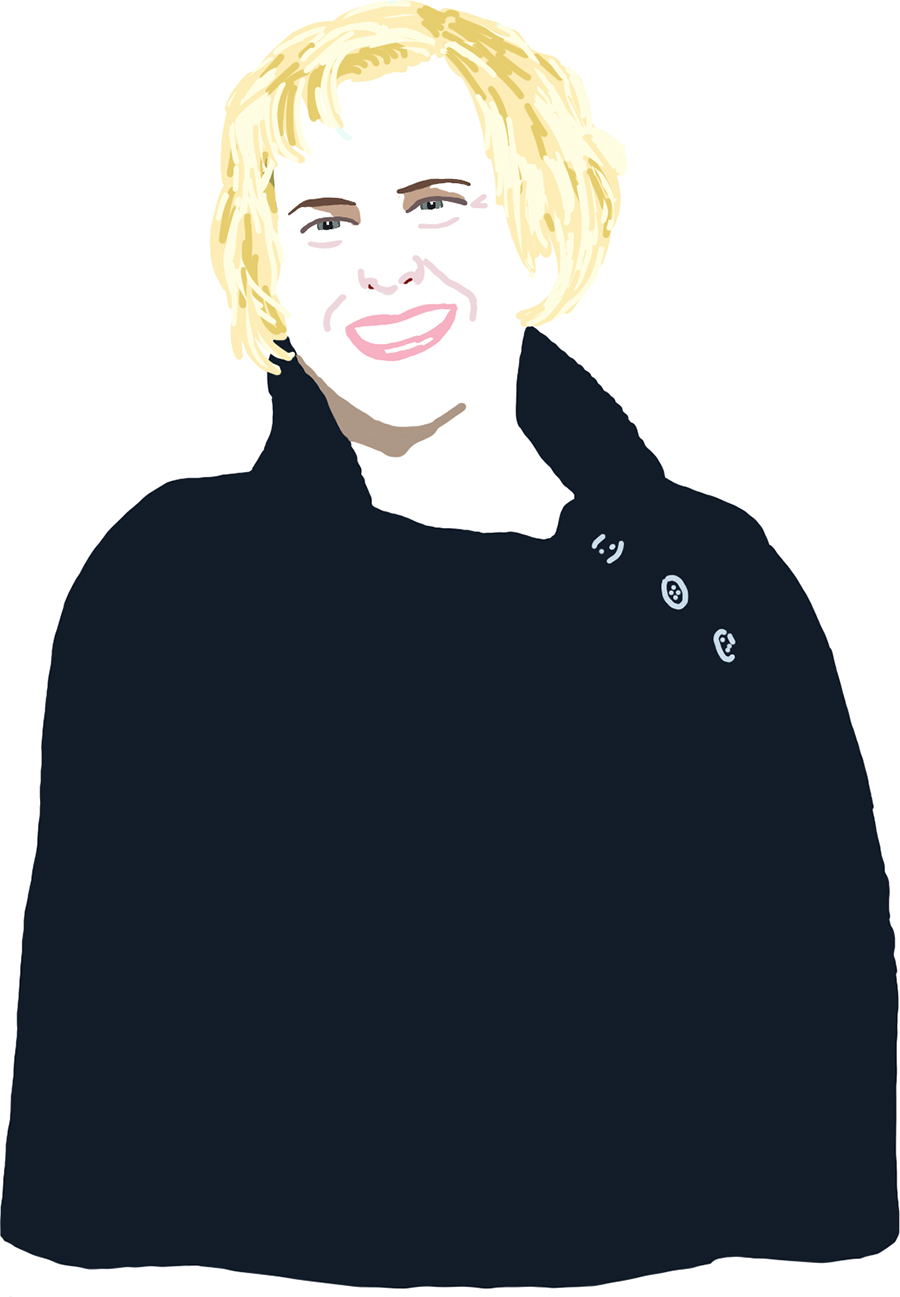
That day on campus was like no other during my four years there. The lack of election results due to a necessary recount in Florida became the most important topic of the day. As students left Bostwick and the Bison to fill the classrooms, almost every professor in every subject engaged in at least some discussion about whether Bush or Gore would come out the winner and how future elections would be influenced by what happened. Even my 10 a.m. Children’s Literature professor allowed us to banter about it for a few minutes. There was no quiet escape on campus to avoid the topic, including the library.
Hillary Billmyer Marotta ’01, a management major, is an author, speaker and musician. As a nonprofit expert, she speaks to and trains organizations based on her book Head and Heart: How to Run a Smart and Compassionate Nonprofit. Her most recent book, Playing My Heart Out: One Woman’s Passion for Handbells, was published in March. Marotta resides in Hummelstown, Pa.
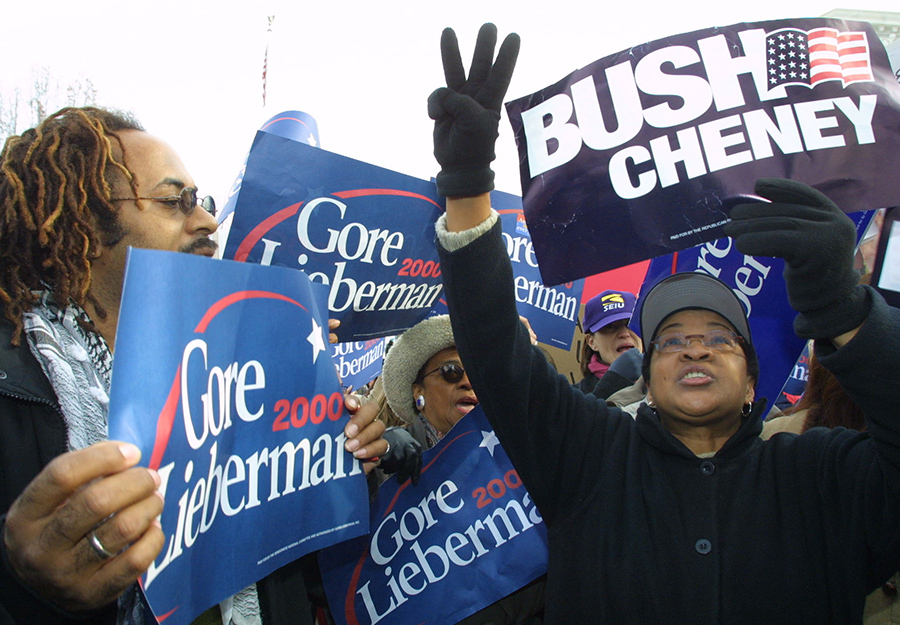
Unity on 9/11

I attended class, and when I got out, everything was silent. There were barely any people on the quad. I went to the library, where many were huddled around the TV near the entrance, and saw what was unfolding. I quickly went back to my apartment on Market Street to watch the day unfold. I knew classmates and former dormmates who lost family members and others who wanted to figure out a way to drive to NYC to help, whether it be donating blood near the scene or anything else.
It was a horrific time, but one of the first things I saw in the Bucknell community was people trying to figure out how they could help, even if it wasn’t feasible. That’s what I try to remember about that day. Not the initial events and aftermath, but the people who just banded together to try to do something positive.
